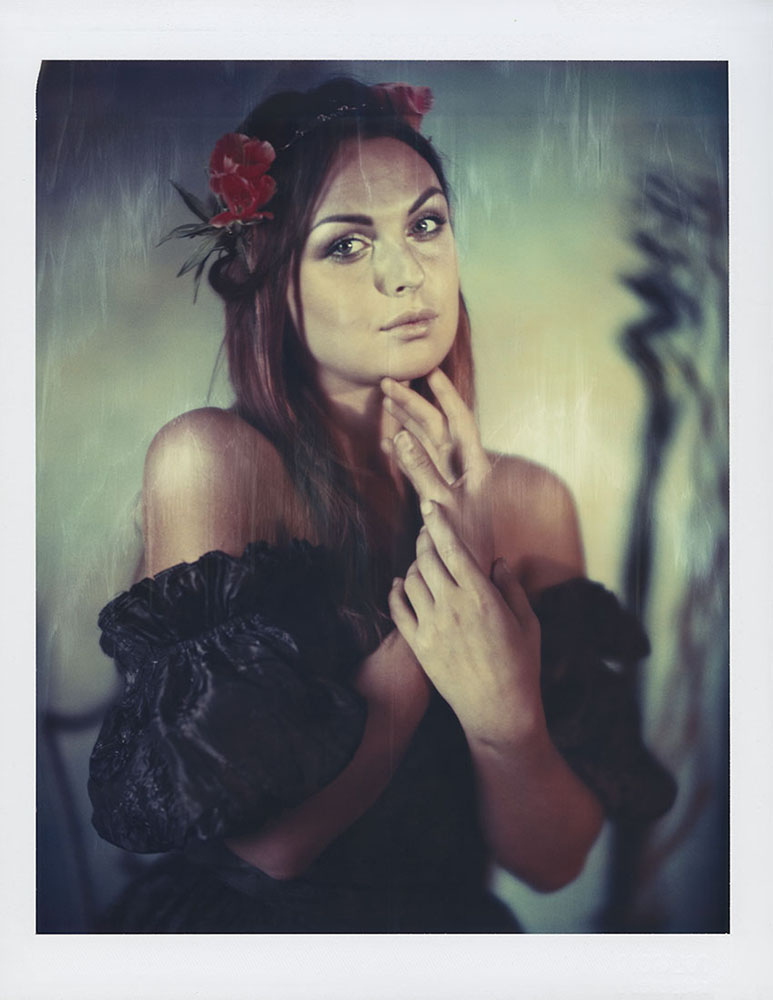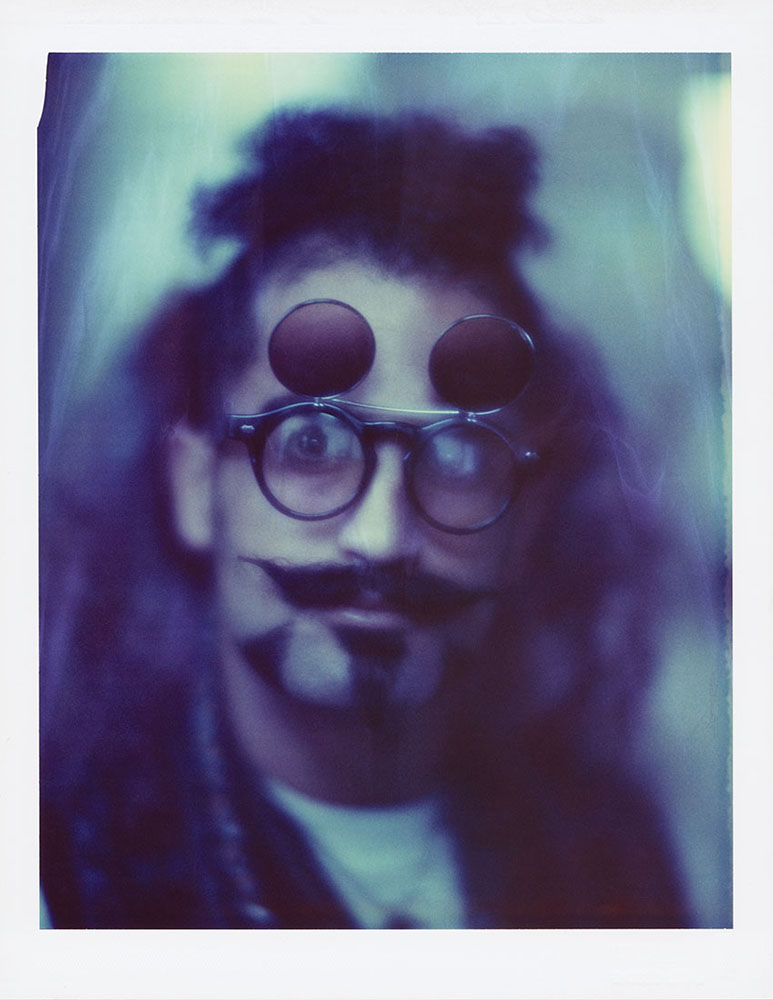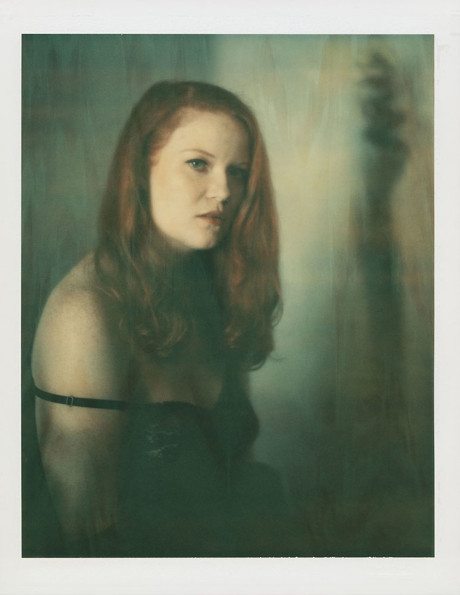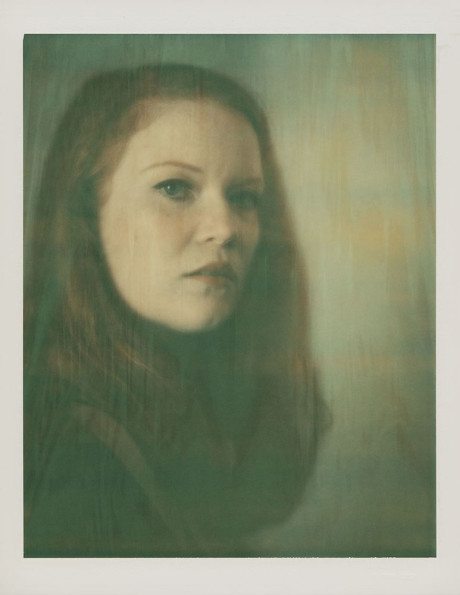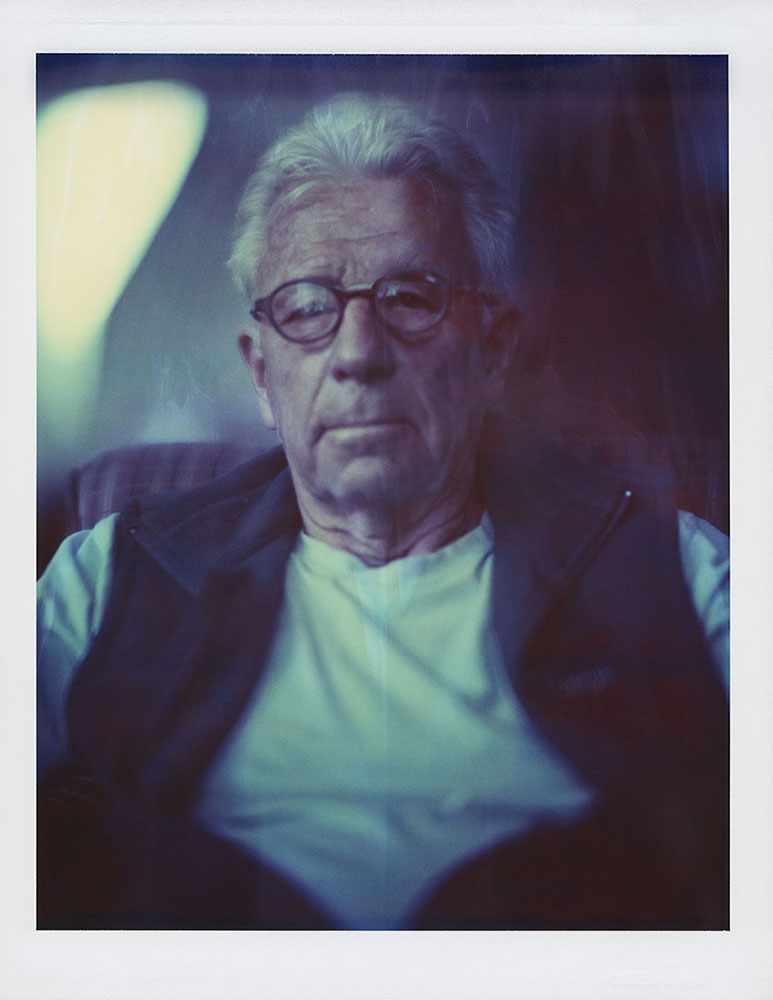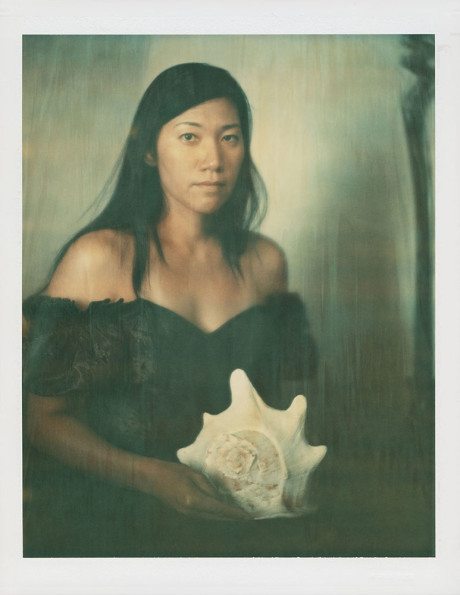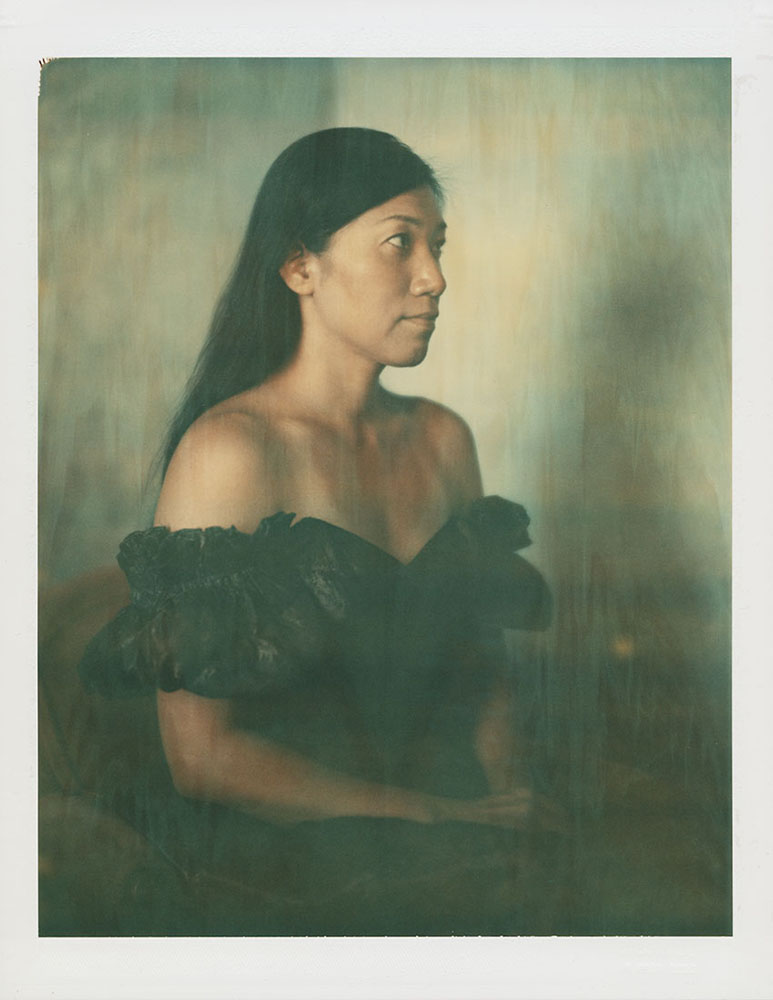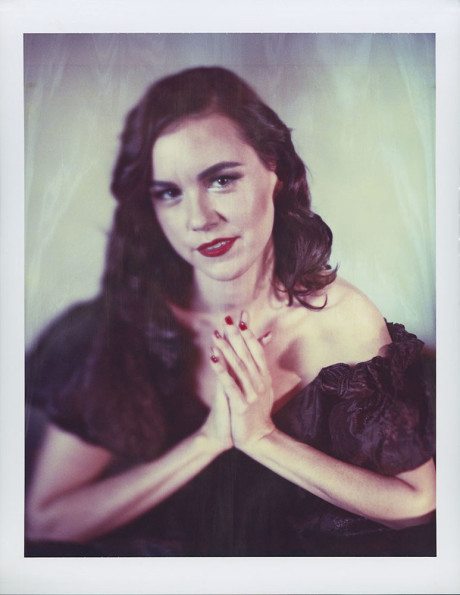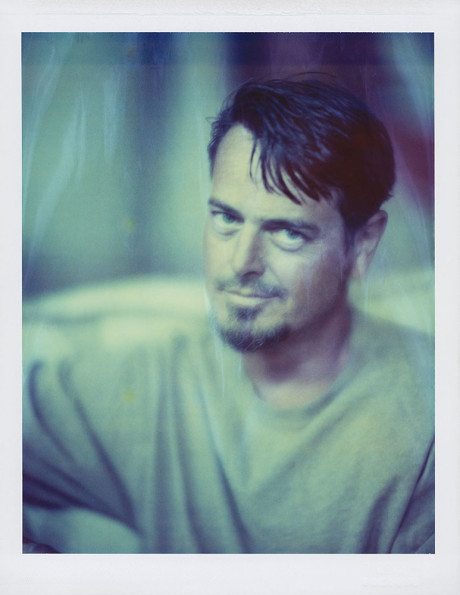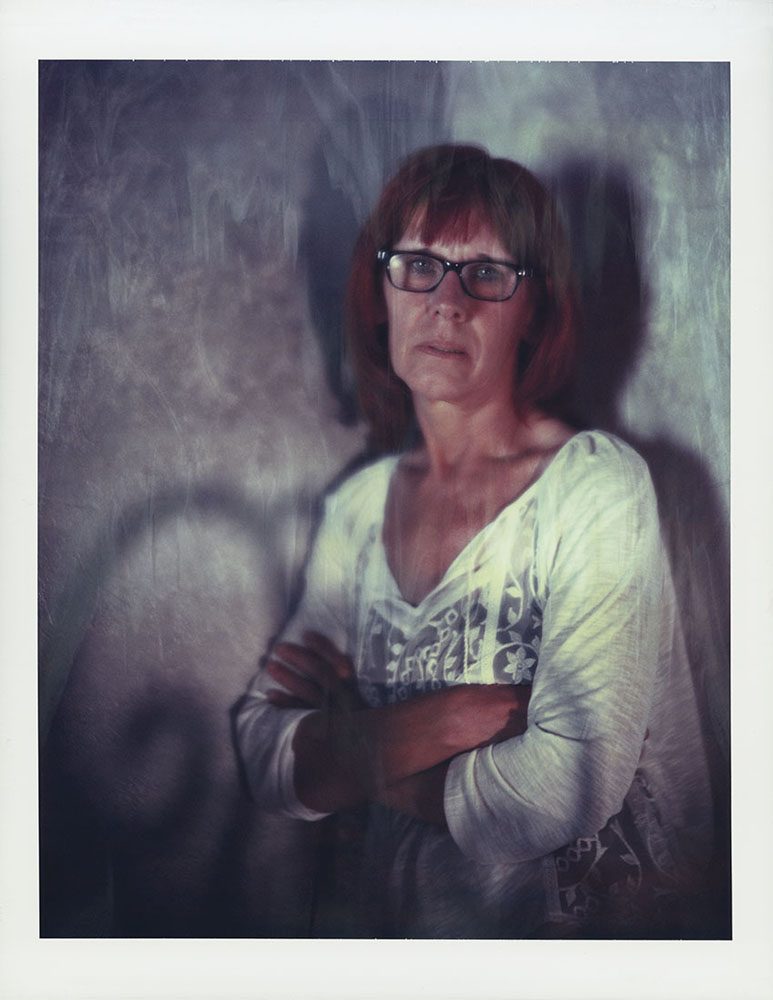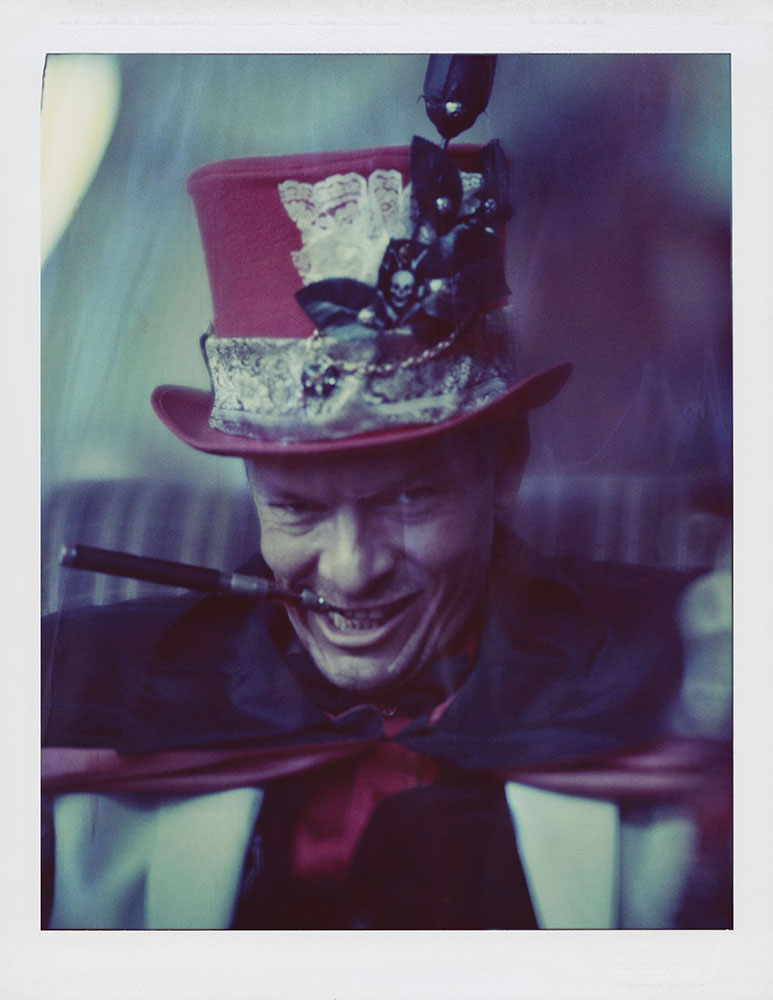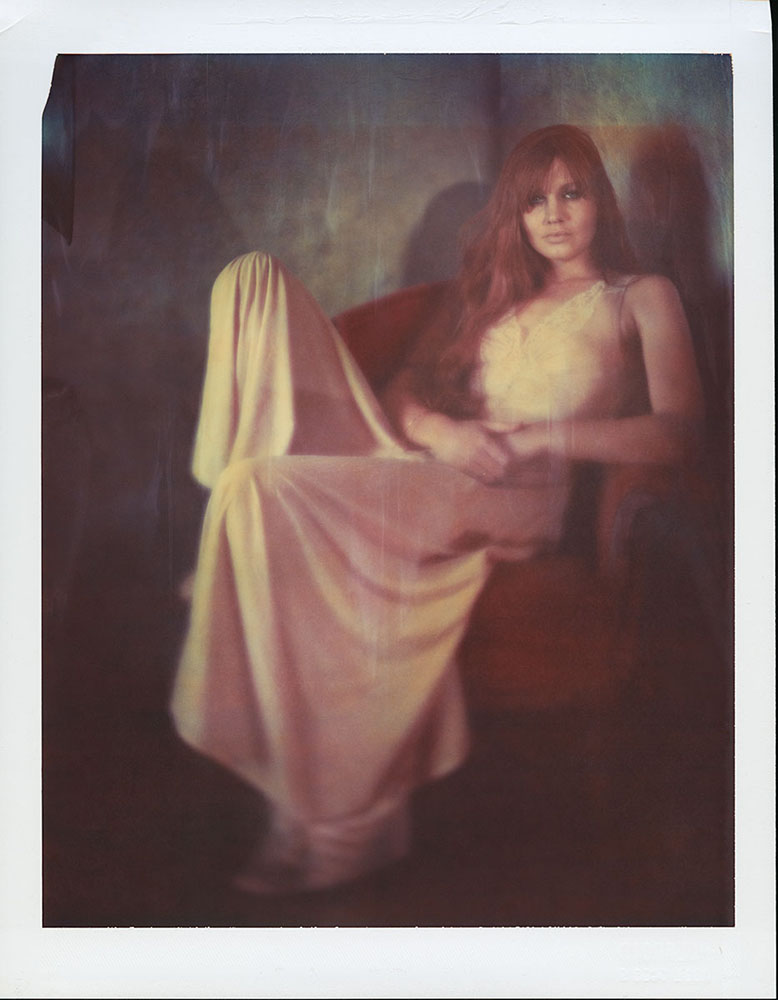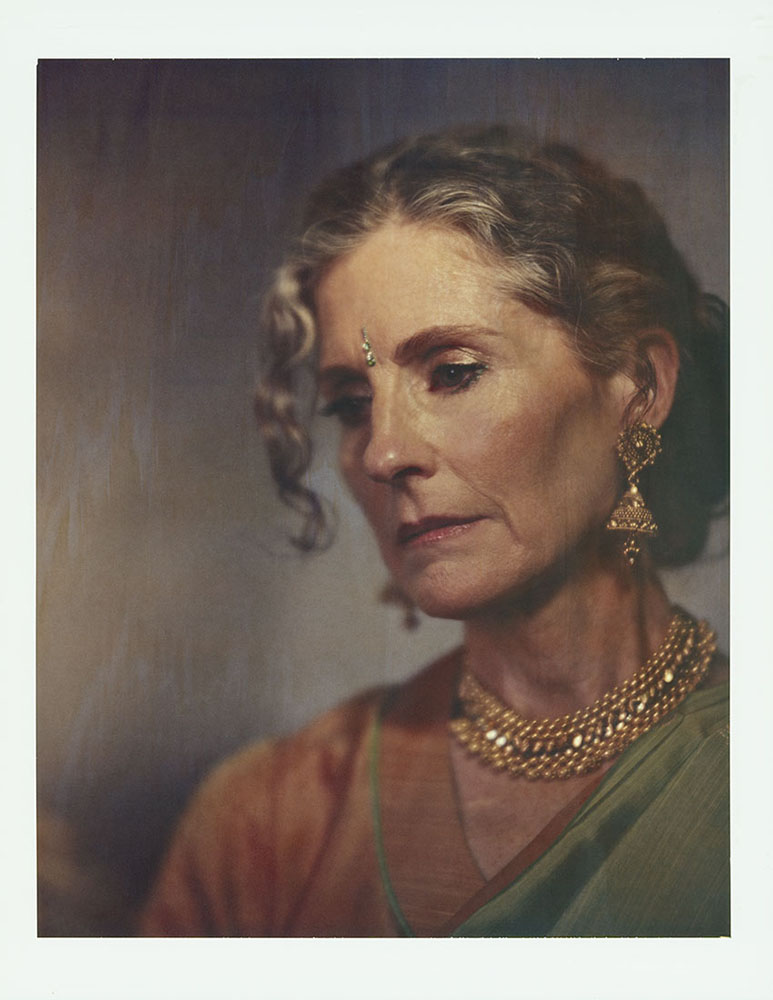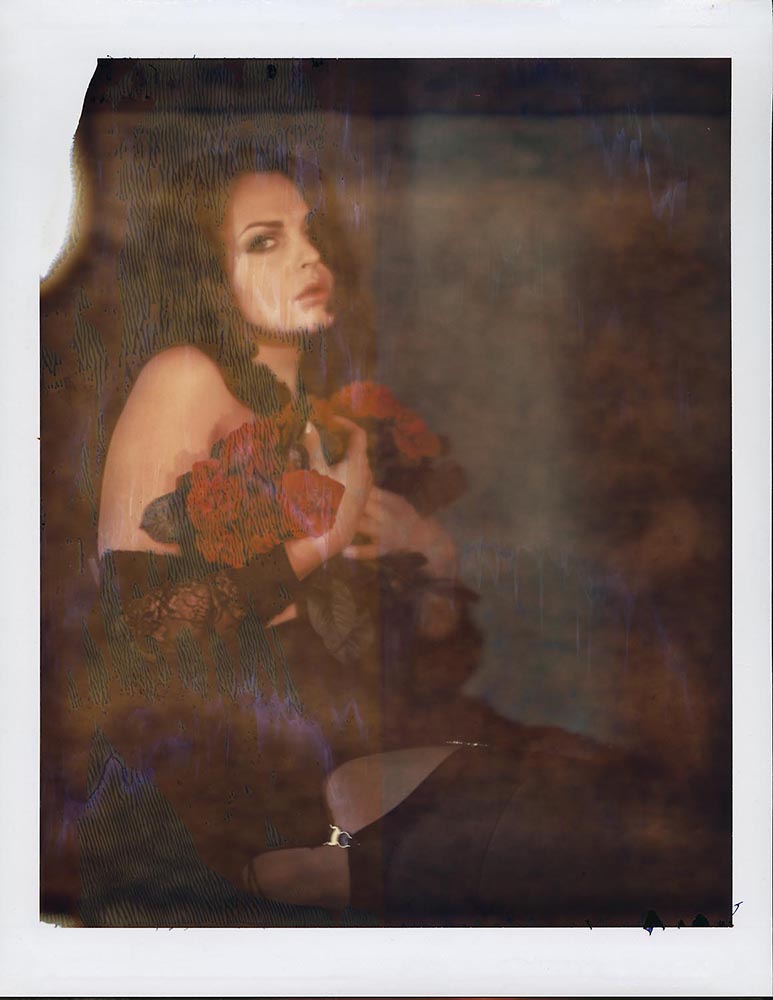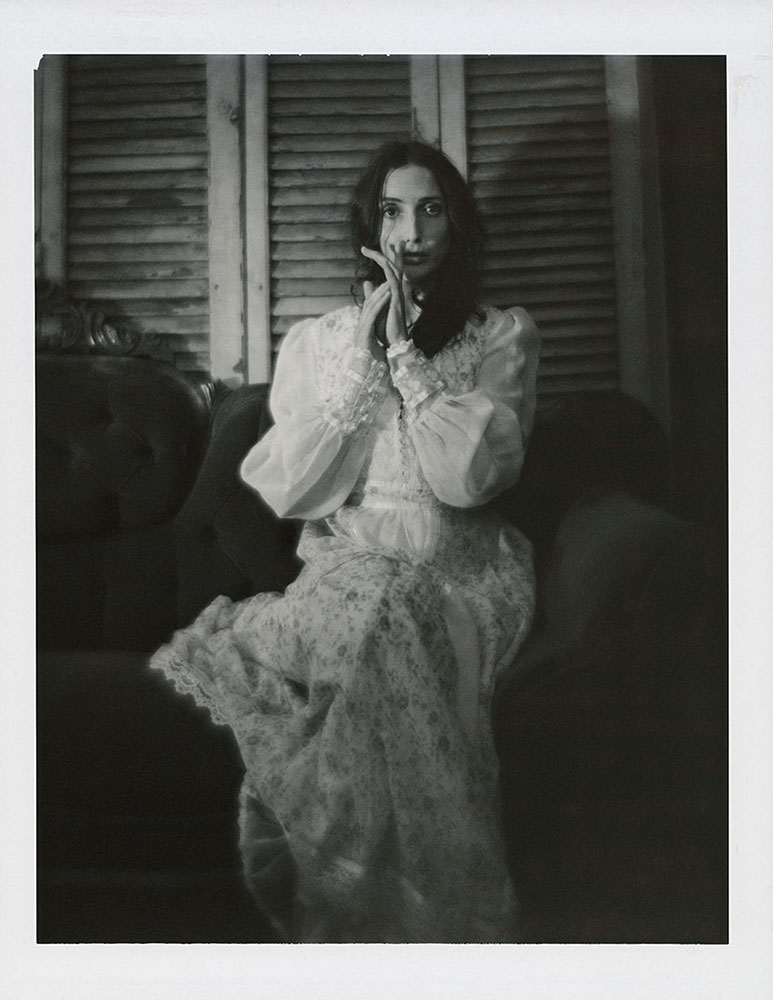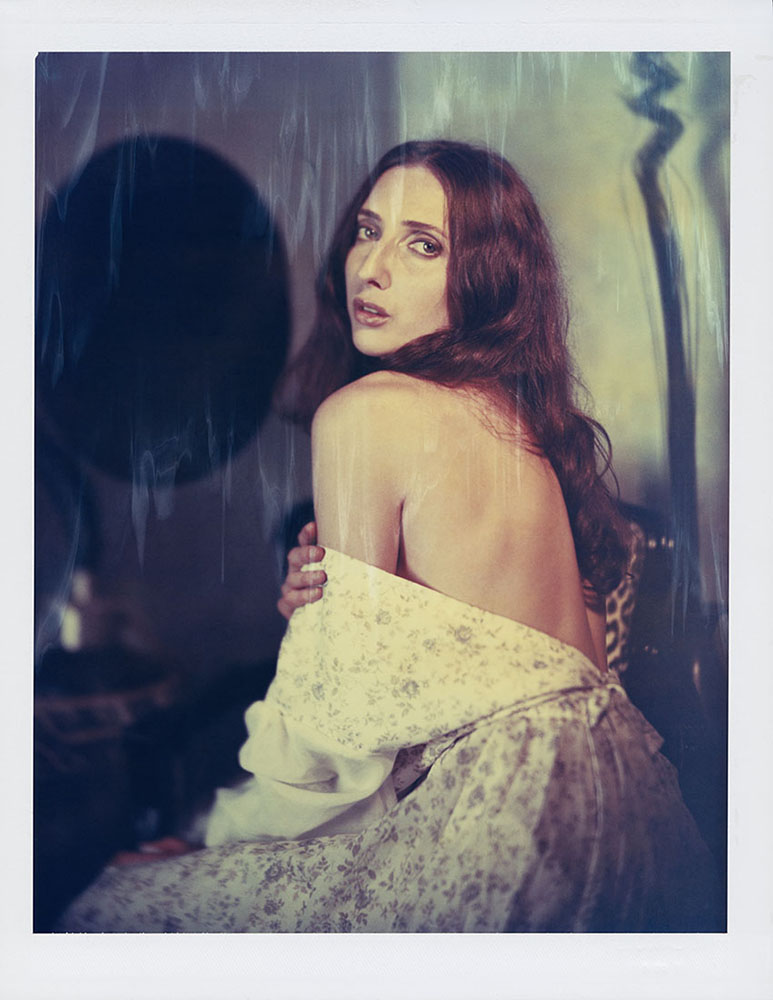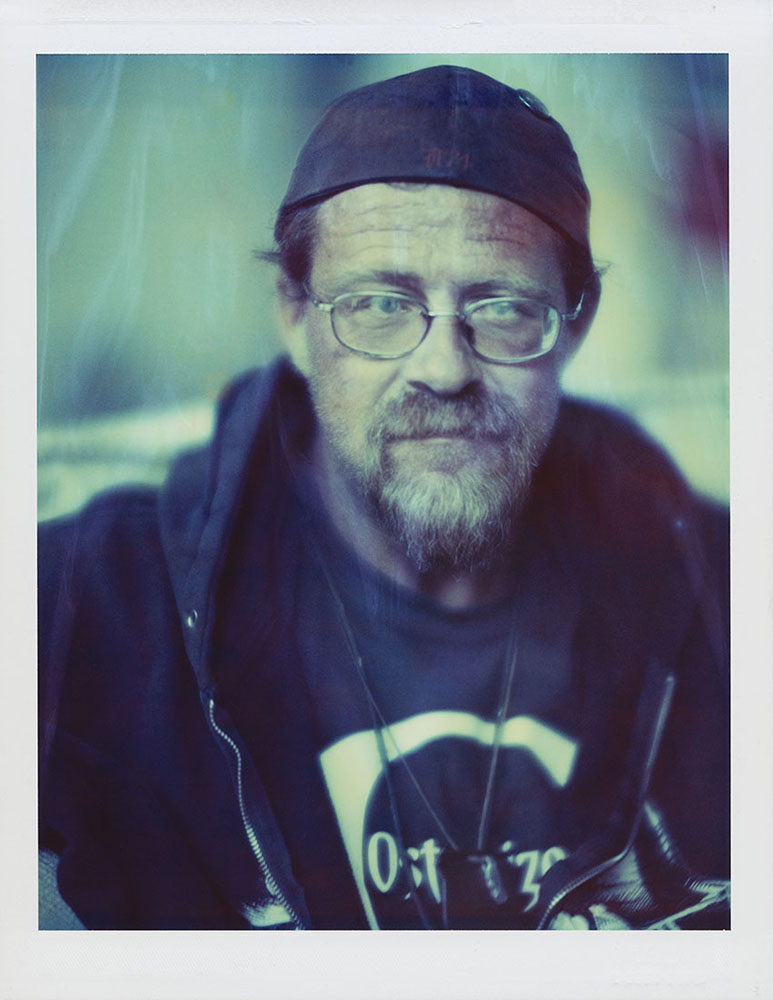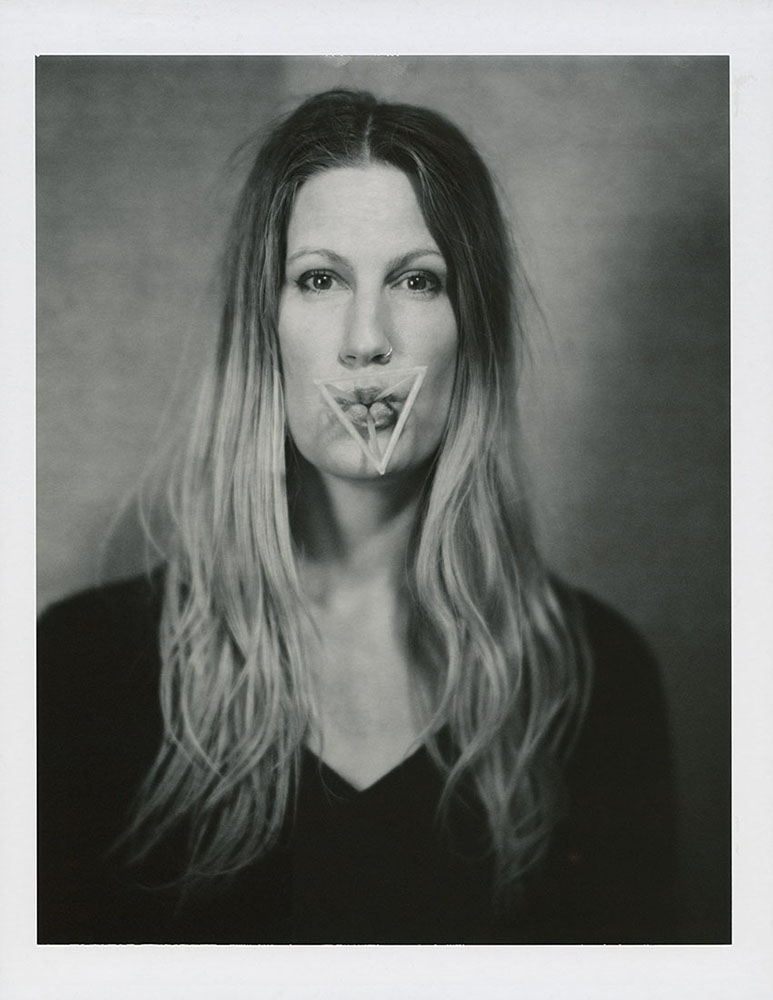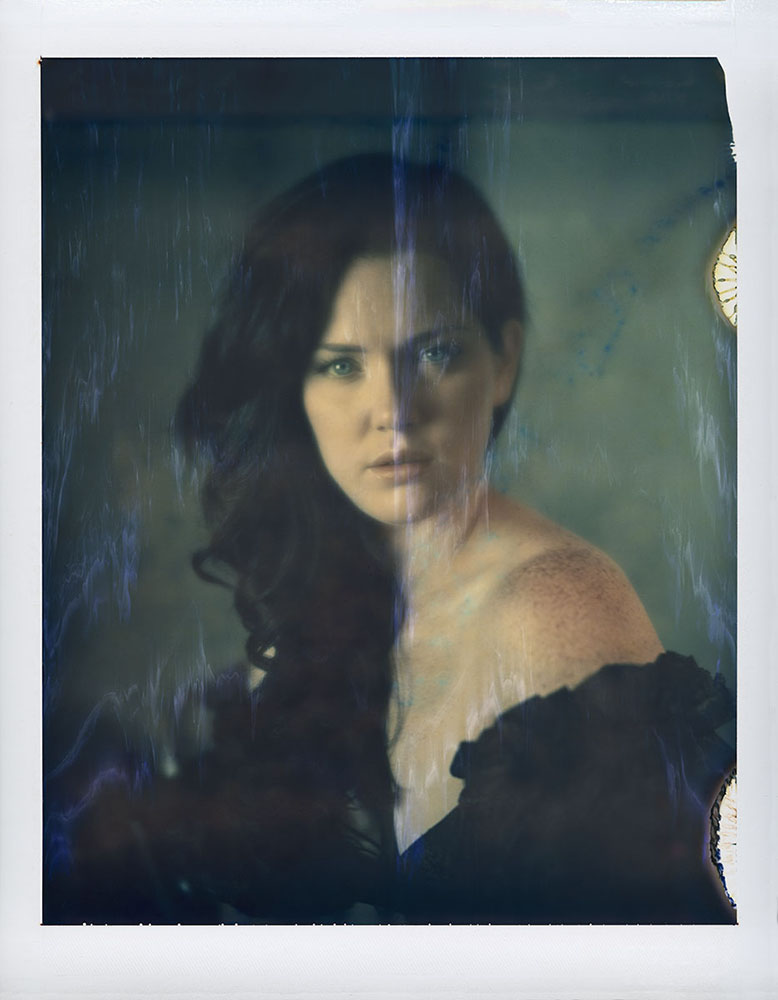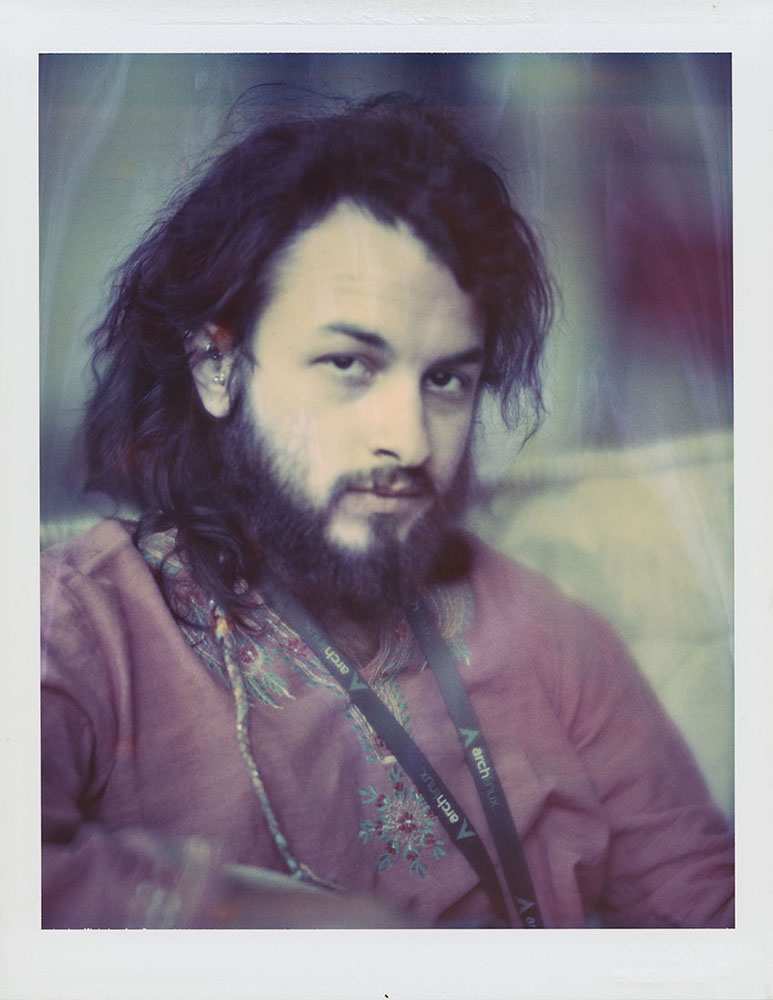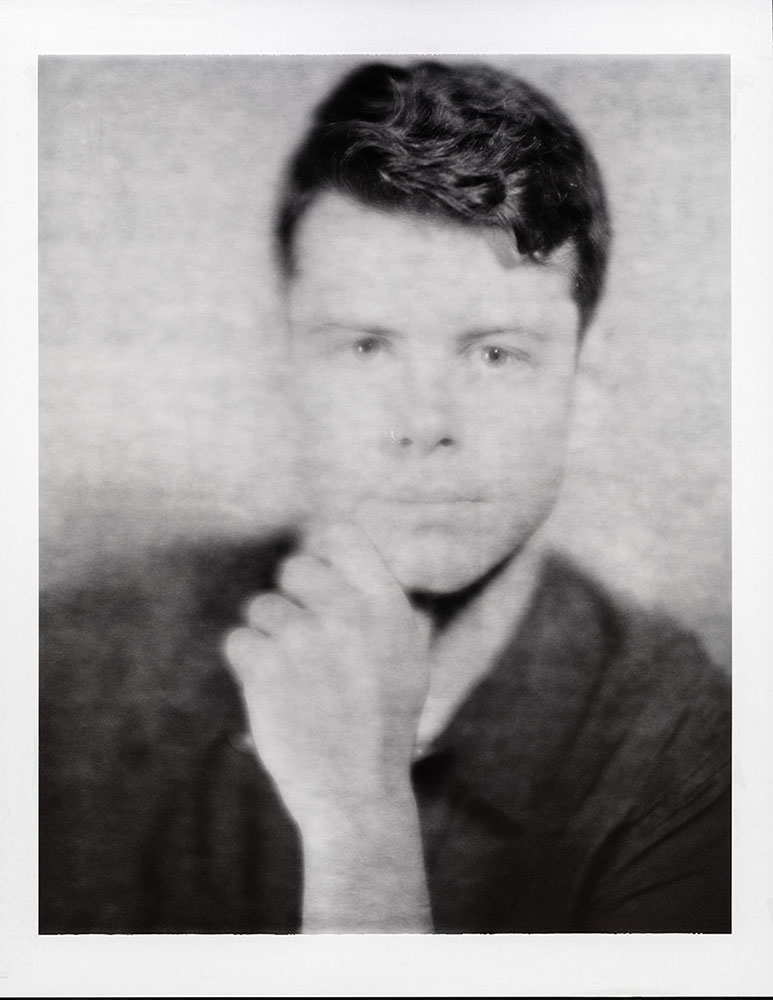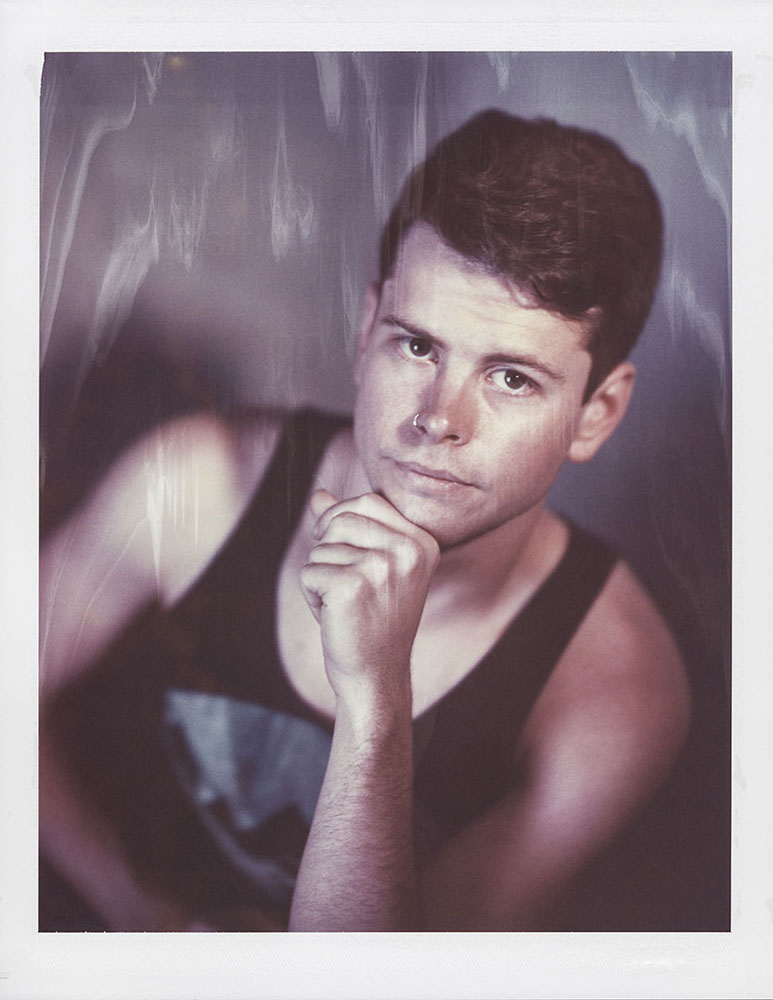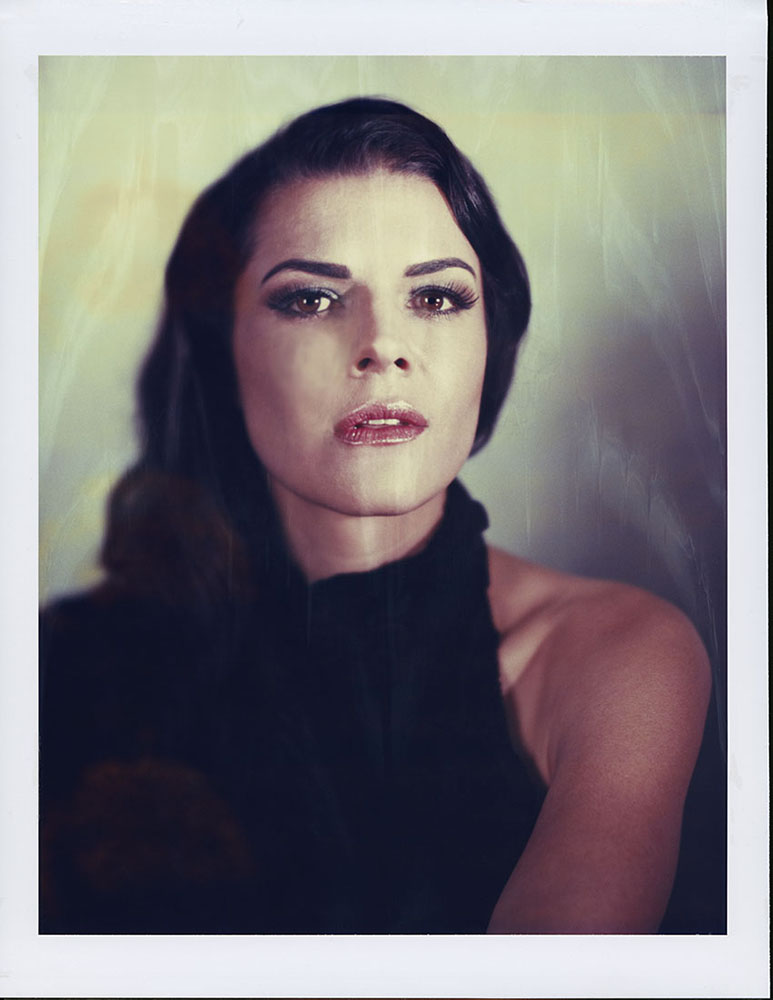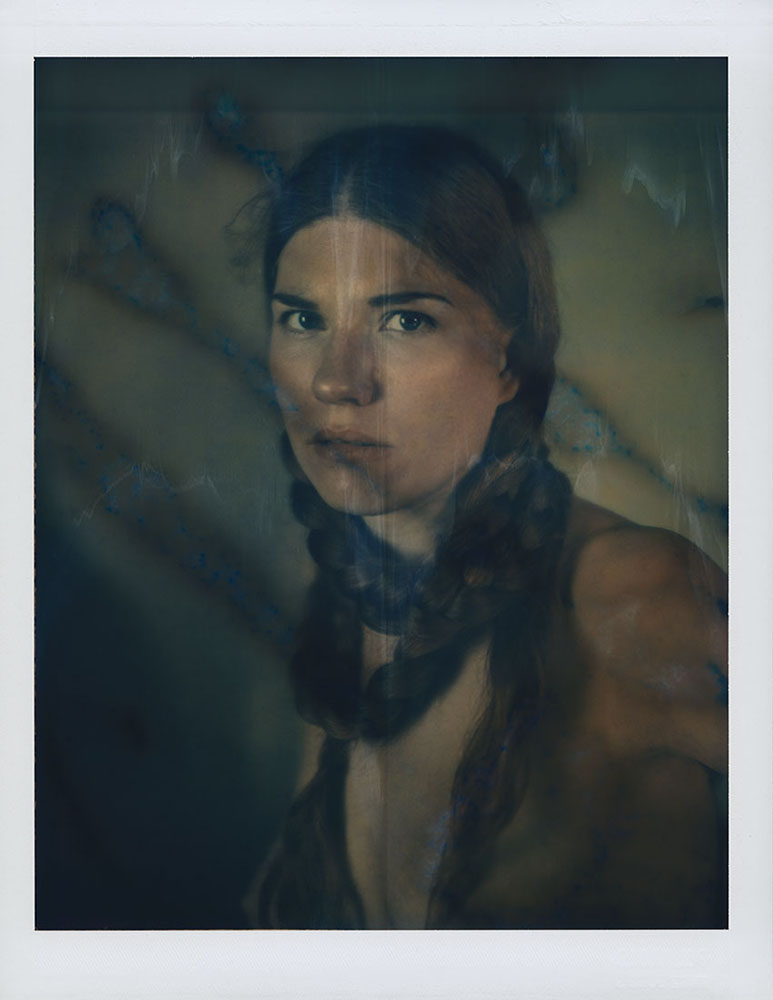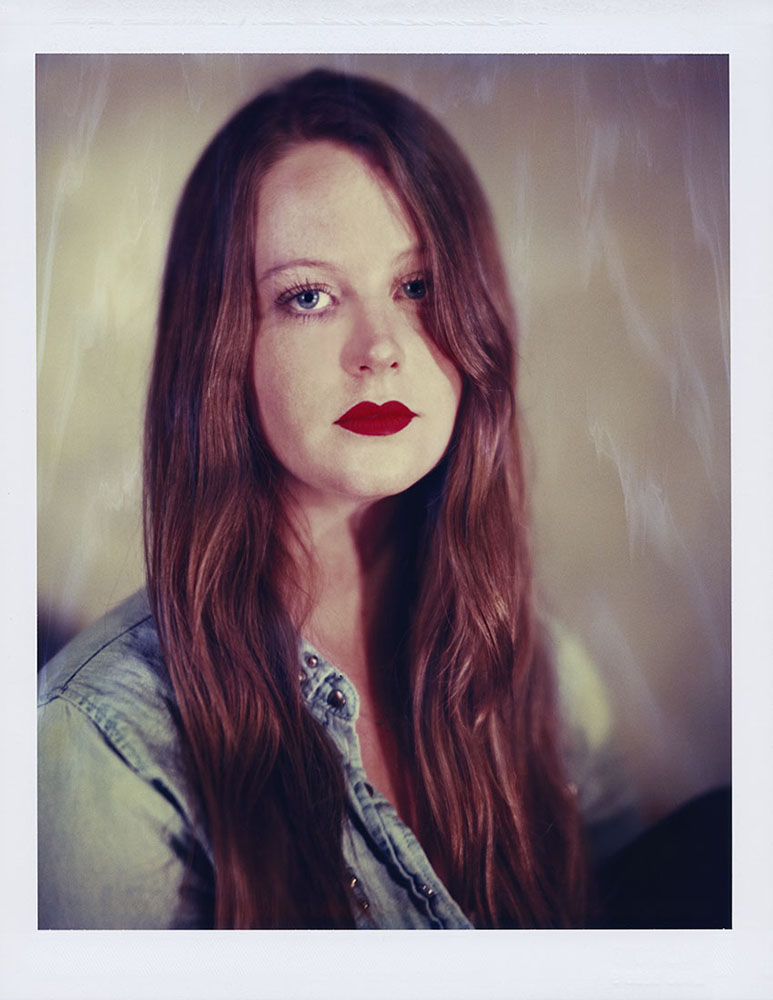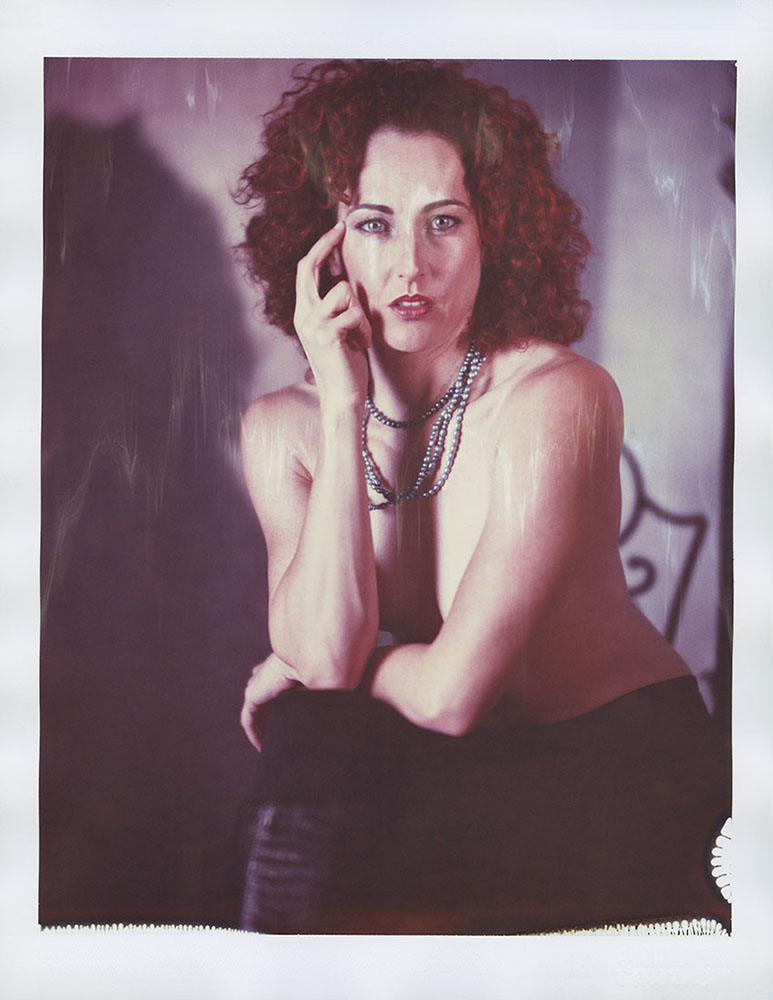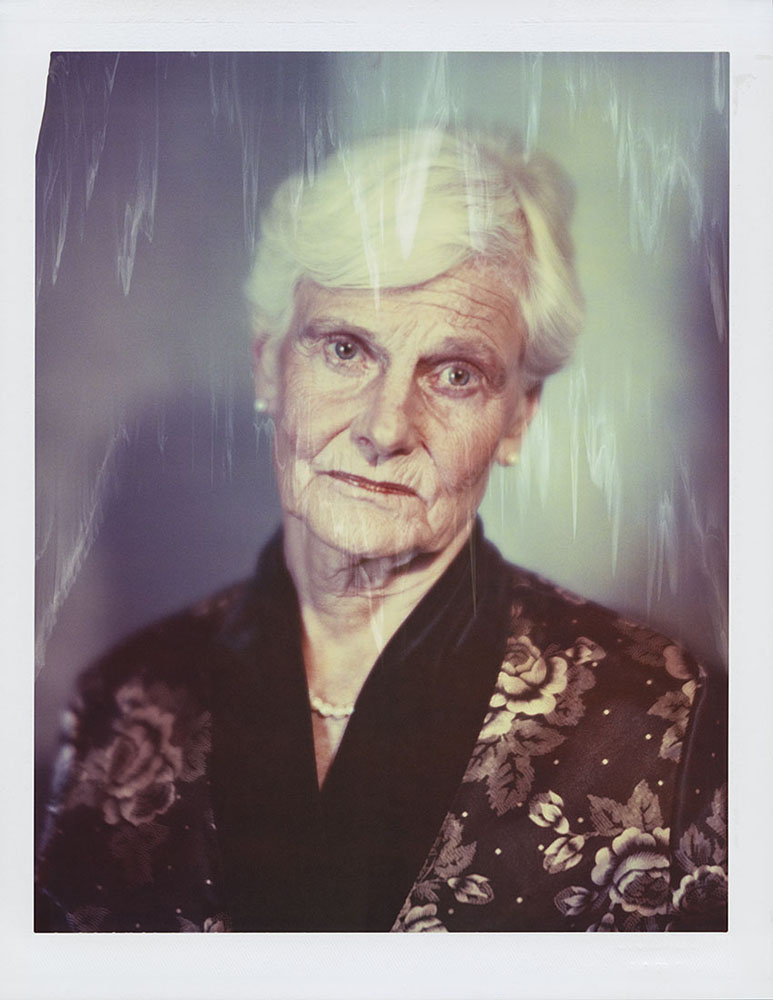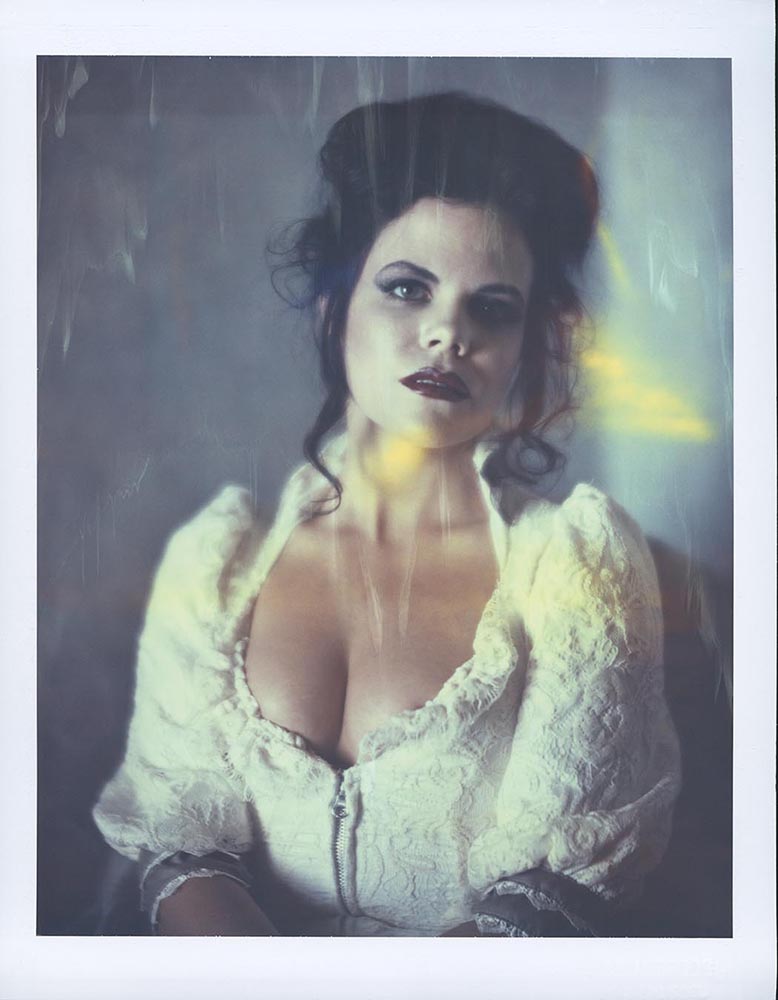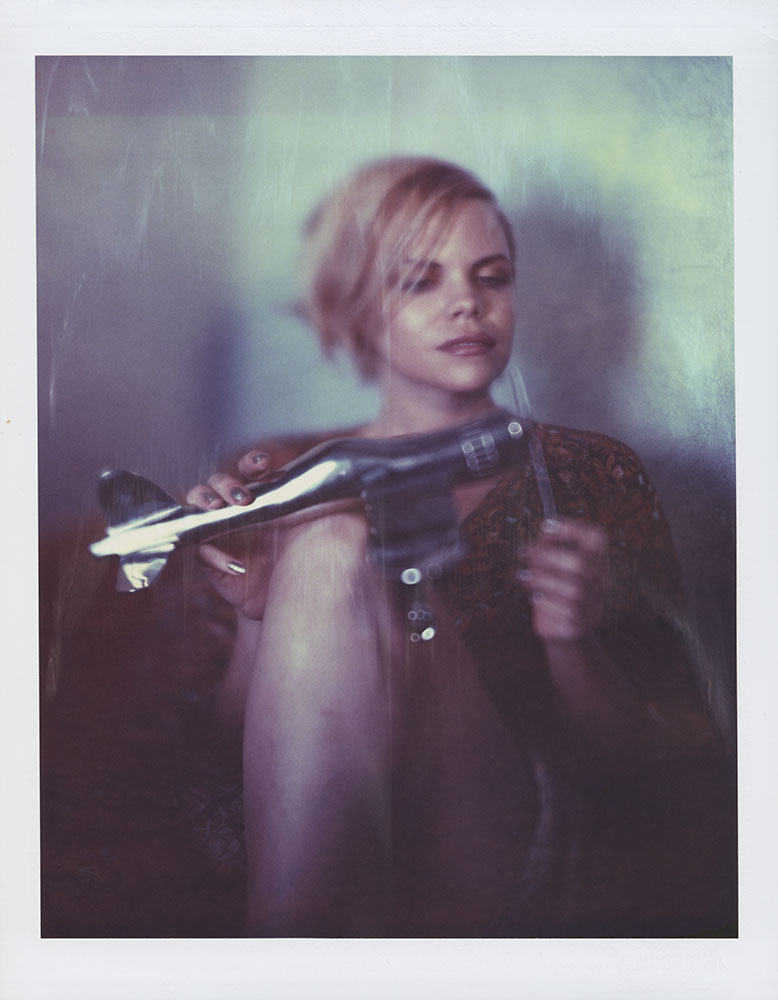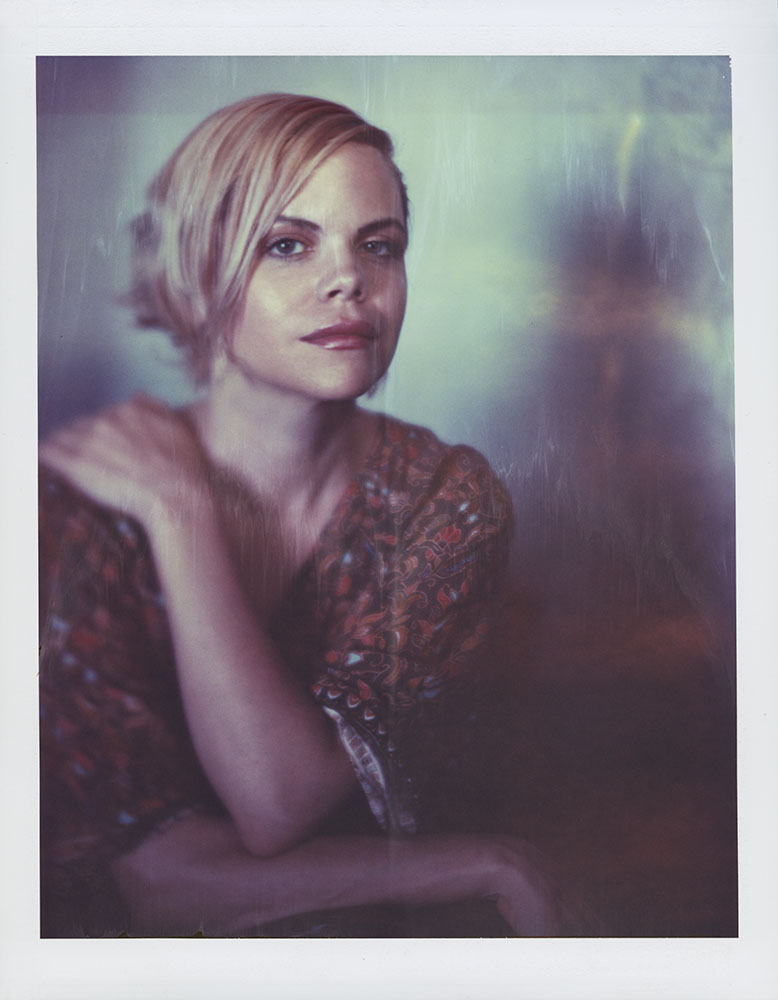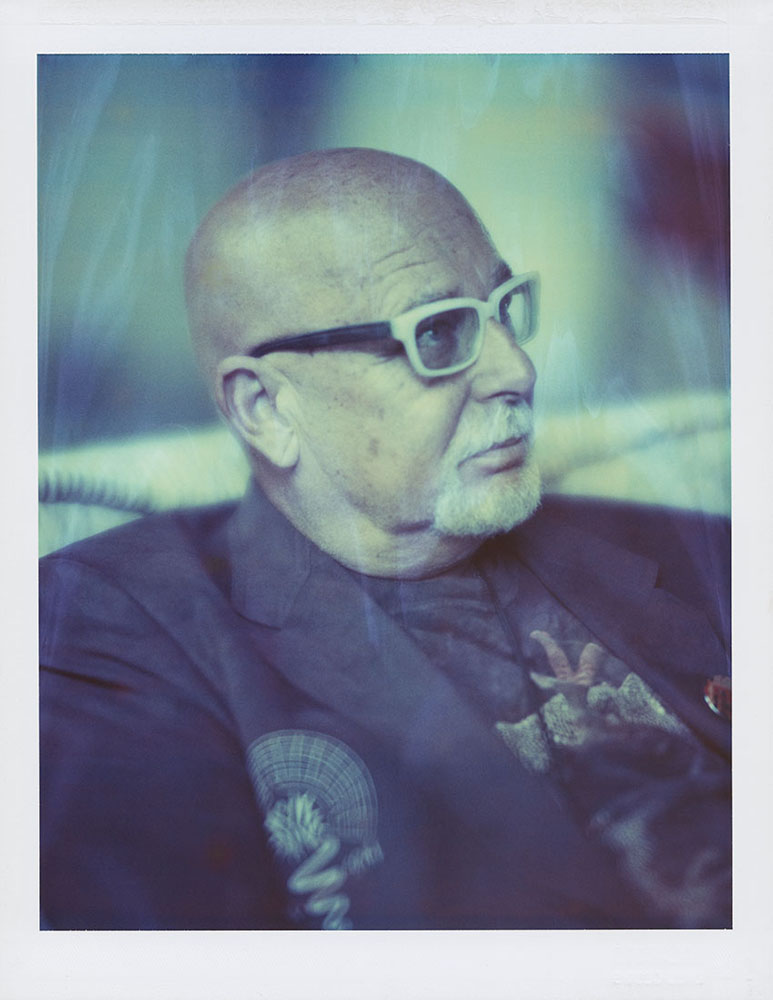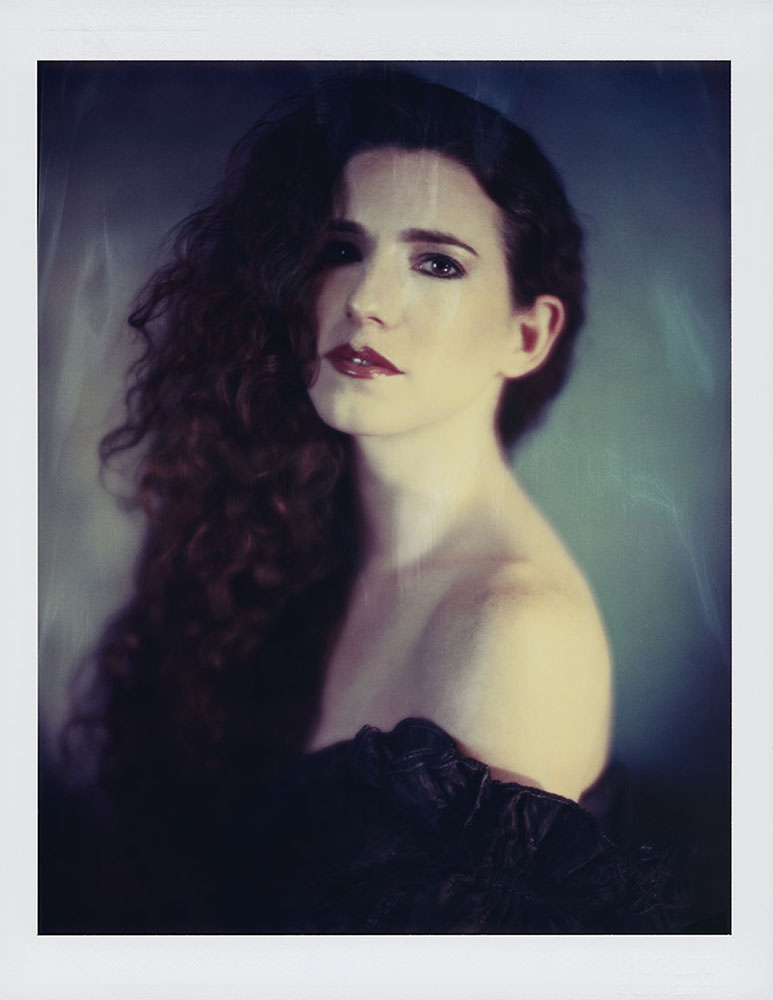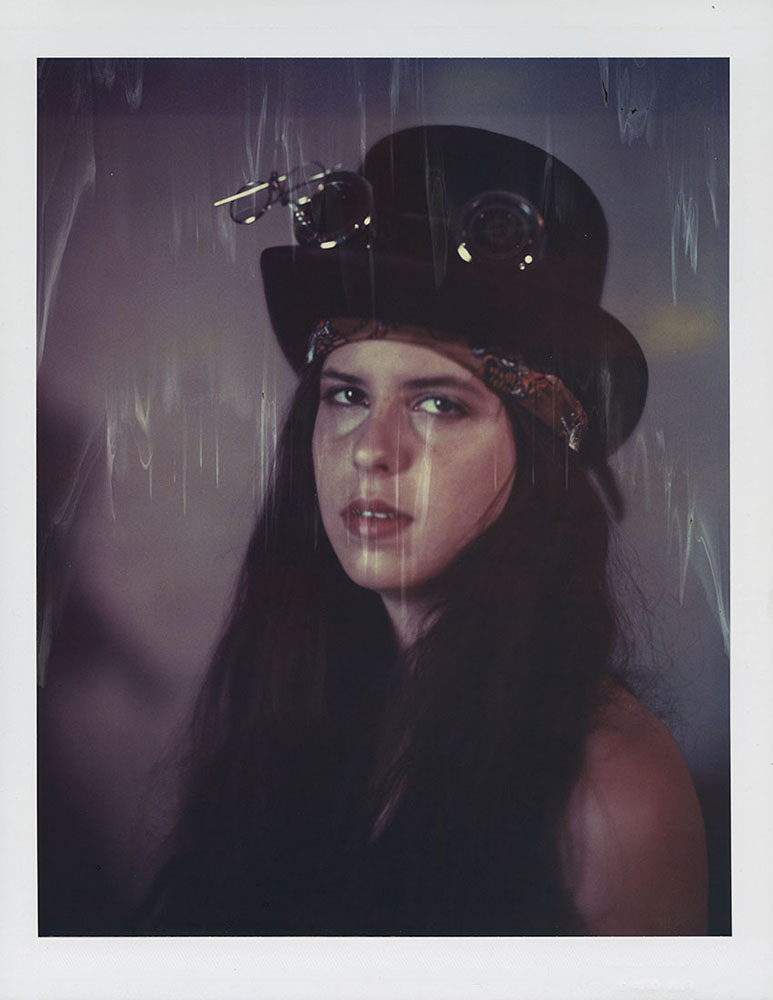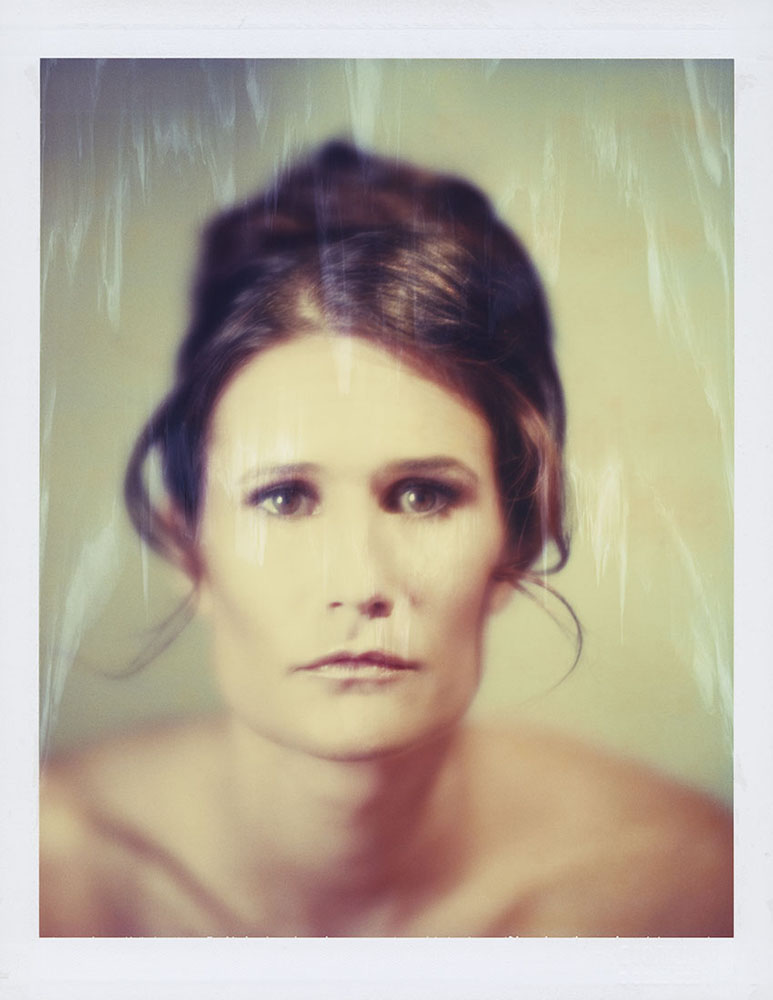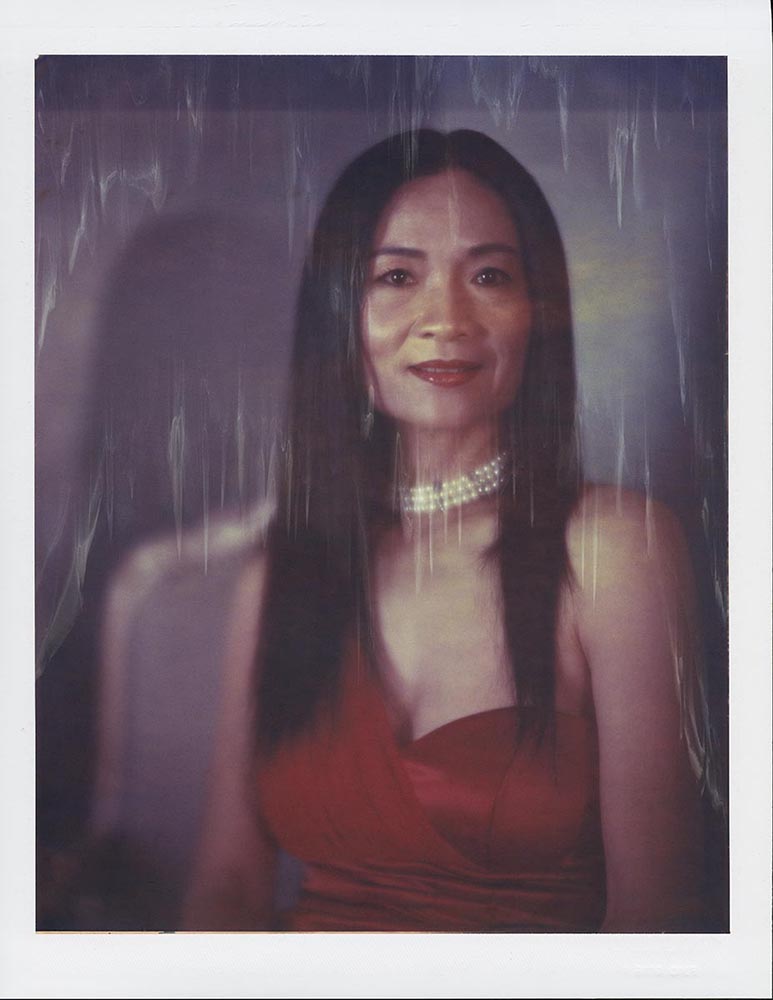All images by Rudi Blondia. Used with permission.
Photographer Rudi Blondia is a one that loves to experiment with rare mediums. He is a portrait, beauty, fashion, editorial and travel photographers based in San Francisco and is absolutely in love with the process of capturing a person’s essence in a portrait. His beginning started with a little Diana camera–and the Lo-Fi aesthetic is still present in some of his work.
Rudi really clings to film and absolutely adores creating large format Polaroid photography–providing he can get his hands on some of it. “My medium frame 56MP digital back has 25 times less surface area compared to an 8×10 film negative and I can easily scan the latter into a 460MP file and with some effort in a 1,250MP file without having to worry about Bayer filter artifacts and color interpolations.” he tells us.
We talked to Rudi about the challenges of shooting large format Polaroid photos in today’s day and age.
Phoblographer: Talk to us about how you got into photography.
Rudi: Getting into photography was a distinct three step process for me.
I received a plastic Diana camera as a gift with a roll of film at age 9 or 10 and 12 shots later I figured out that developing and printing was more than what I could afford. I remember my mom telling me that I should only take pictures of people when they visit. Not take 12 shots in 10 minutes of things I found interesting around the house.
Fast forward to 1982. I acquired an SLR camera to document my scientific and engineering work. It was not a major focus but I got acquainted with camera technology and all the things surrounding development, printing, flash lighting etc. I actually designed and built my first digital camera in 1983, wrote the needed image processing software and in the end needed a film camera to capture the output of a CRT screen as I couldn’t afford color print output at the time … a reverse world !)
The passionate love affair with photography actually started in 2005 when my spouse, a model/photographer/make-up artist, asked me to support her in wedding photography and model portfolio development business. I started as photographer in a supporting role and shooting models from the side while doing lighting set-ups.
Soon I started flying on my own wings and became fascinated with the creation of beauty.
Between experiencing the intimate photographer/subject connection and living the joint satisfaction of image output, I was totally hooked.
Phoblographer: What got you into portraiture?
Rudi: Large format portraiture, or any portraiture for that matter, became an intimate process for me.
There’s the essence of the connection and the representation of the subject in one or other state.
Capturing the spirit, beauty or essence of the subject is an evolving process that takes time, yet, portraiture is typically executed in a limited time frame per sitting. I’ve compared it to speed dating …
On the other hand, I’m privileged that I get to work with exceptional people that let me photograph them during different phases of their life. This allows going deeper as the relationship deepens.
Phoblographer: In today’s digital world, why do you still stick to film? And specifically, why do you shoot with Instant film?
Rudi: Shooting digital, also for portraiture, is a significant part of my work. Both in 35mm full frame DSLR as well as medium frame 645 digital back. Digital is a great to-go-to tool and has a significant amount of workflow benefits that we don’t need to delve into.
I still grab to film when I need extreme high resolution for ultra large format output. There’s a limit on how large you can up-scale digital, actually not all that different than the limits for film.
Digital sensors are limited in size compared to analog film. My medium frame 56MP digital back has 25 times less surface area compared to an 8×10 film negative and I can easily scan the latter into a 460MP file and with some effort in a 1,250MP file without having to worry about Bayer filter artifacts and color interpolations.
I use instant because it offers three significant aspects.
First, there’s almost immediate feedback to the subject and photographer about the result in a tangible output, while it is also the fastest time to a decent size print. (8×10 color print in 2 minutes from image taking to final output, even faster for B&W)
Second, instant film doesn’t have the traditional grain. It’s a continuous tone print and after high-resolution scanning, the 8×10 instant Polaroid can be digitally processed (spotting, artifact control, dodging, burning etc.) and easily printed in a 4ft x 5ft format with exceptional results.
Third, the expired 8×10 instant film I’m currently shooting with has the added appeal of “surprises” which adds another dimension to the portraiture dance.
Artifacts as well as color shifts affect the various types of film produced that are still available on the secondary market. (808, 809, 891, 803, 804) From opening the box, to pulling the first sheet through the processor, to figuring out how the patterns might change with each subsequent sheet. (15/box), it all is one “wait and see”.
Phoblographer: Talk to us about the film? Where is it from? What challenges does it provide when it comes to shooting?
Rudi: I acquire as much expired Polaroid as I can afford at any time. Some comes from private parties that found it in estates; other boxes are bought on Craigslist and eBay. The supply is dwindling fast though and there’s a limit of course as a finite number of film was made when the Polaroid closed its doors in 2008. Prices are shooting up dramatically year over year.
I’ve tried Impossible Project 8×10 B&W film but I’m not yet enamored with it. I do need color that’s permanent under normal display conditions.
I also have a small stash of 4×5 film, Polaroid as well as Fuji but I find the longevity of even properly stored film somewhat to be an issue. The chemical pods dry out pretty fast, one and other function of storage conditions.
Challenges ?
Cost of the film … boxes now range from $450-$950 in 2015. That’s $30-$60 per print. And one is never sure that a box of film will have positive receiver sheets with chemical pods that will work. I’ve acquired quite a few dud boxes in the process. Not to talk about Polaroid 803 boxes (ISO 800), those turn out fogged by X-ray inspection during shipment.
There’s a short learning process in terms of handling and processing the film but in the end, it is fairly straightforward and simple. Over time one learns which output quality to expect from the expiration date on the box and the general state of the positive receiver sheets.
Phoblographer: What kind of camera and lighting setup did you use for the images?
Rudi: I have two Sinar 8×10 cameras in the studio where I shoot large format instant film on. In the field I use a 1937 Deardorff V8. My lenses are mostly “soft focus” lenses from the Pictorial era.
I even shoot soft focus lenses on my MF digital set-up as I find most modern available MF lenses insufficient for portraiture. There’s a wider range of so-called portrait lenses available for 35mm cameras but for portrait photography I prefer 1910-1950’s lenses.
Phoblographer: How did you go about explaining the poses and ideas to the subjects? After all, this is instant film and stuff this big is very expensive per shot.
Rudi: I explain the process to the subjects and the time phasing involved. I prepare them for half to full second exposure and the impact of very narrow depth of field. Moving back or forth can pull an image significantly out of focus.
The ideas are developed pre-shoot as I always want to know what the expectations are from the subject. In some cases, they are projects where I shoot few people in a hour or so in a single shot per subject fashion. It all depends.
Once in front of the camera I take a good amount of time to let the subject find a comfortable spot in a chair of choice and further develop the pose from there.
It can take from 1-3 shots to get to the desired final result that everyone is happy with. One and other depends on the pose concept also.
I use continuous lighting. KinoFlo linear lighting banks (3200K and 5600K), my personal design LED Fresnel light (2700K) or small incandescent battery powered spot/flood lights (3200K). I do not use flashes in my current instant film portraiture work.
Phoblographer: What do you feel large format instant film does for a viewer that digital cannot?
Rudi: Instant feedback on a large viewable print. The continuous tone output of the large format instant film and the painterly end result. The sharpness of the output is very similar of how the human eye perceives the subject. The latter is also a function of the soft focus lenses I’m using.
Most heard feedback: “It’s like a painting.”
The color shift at times pulls the subject out of the contemporary sphere and the shallow DOF of large format cameras pulls the focus to the focal plane of the view camera. The latter has many more options than the standard 35mm DSLR or digital MF backs. (Granted that I can put the latter on a view camera for perspective and focal plane control)


